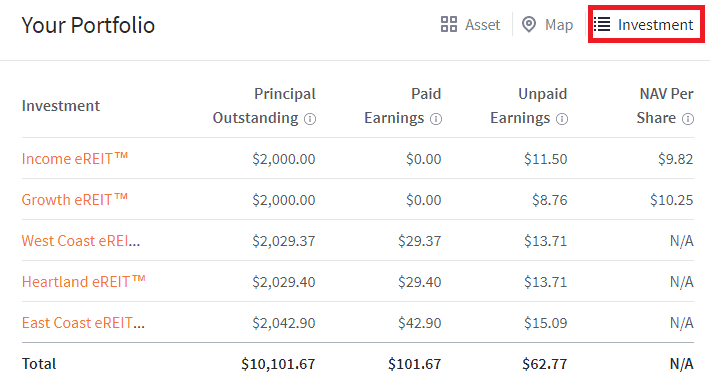
Pullback entry
A pullback refers to a market's return to a trend's beginning point. Depending on the trend, a drawback can be both deep and shallow. These indicators include moving averages or Fibonacci levels. The more signals you have, your decision will be more reliable.
A pullback is a natural part of an uptrend, and can be triggered by a sudden drop, profit-taking, or negative news about the underlying security. Trend-following traders often use pullbacks to enter or add to long positions. You can use buy limit orders, stop buy entry orders, and market orders to enter at these times.
Breakout strategy
A breakout strategy is crucial in trading. It allows traders who are not in the range of the price to enter a trade. The objective of this strategy is to capitalize on the upcoming trend rather than waiting for a longer-term trend to develop. Traders who follow a breakout strategy will often have better success than those who simply follow price patterns.

Most breakouts occur at the resistance trend lines. However, a failed breakout usually happens when key breakout levels don't hold and price loses momentum. It is important that you determine the timeframe during which the breakout will be valid. Trader should also know the profit margin and risk level of each trade. Traders should aim to risk the same amount that they hope to make.
Risks of day trading
Day traders are often forced to make split-second judgments, rather than long-term investors. They have to keep up with economic trends, market trends, as well as news cycles. They must be able to comprehend the intricacies associated with specific products and industries. These investors could make big profits or lose their money. Day traders could also suffer margin calls which can lead to them not being able to make their money back.
Day trading has many risks. It takes a lot to keep up with the prices of hundreds of stocks. Therefore, traders who struggle to manage stress could make costly mistakes. Traders should try to stay away from emotion when making investment decisions. Alternative options include a buy and hold strategy. This involves analyzing several companies and then selecting the most important.
Strategies used
There are many day trading strategies, but the most popular one is the gap-and-go strategy. This strategy seeks stocks with a steady uptrend and moderate retracements. Finding a low-risk entry point price is key to successful trades. The best way to do this is to use indicators such as trendlines and moving averages. The trade's risk/reward ratio should not exceed 1:1.

Day trading strategies can help you minimize your risk and maximize your profits. Once you have determined a strategy to use, it is time for you to choose the right instruments to trade. You can choose from stocks, ETFs, futures, commodities, and options.
FAQ
How can people lose money in the stock market?
The stock market does not allow you to make money by selling high or buying low. It is a place where you can make money by selling high and buying low.
The stock exchange is a great place to invest if you are open to taking on risks. They are willing to sell stocks when they believe they are too expensive and buy stocks at a price they don't think is fair.
They want to profit from the market's ups and downs. They could lose their entire investment if they fail to be vigilant.
How Does Inflation Affect the Stock Market?
Inflation affects the stock markets because investors must pay more each year to buy goods and services. As prices rise, stocks fall. This is why it's important to buy shares at a discount.
What are the advantages to owning stocks?
Stocks are more volatile than bonds. Stocks will lose a lot of value if a company goes bankrupt.
But, shares will increase if the company grows.
Companies usually issue new shares to raise capital. This allows investors the opportunity to purchase more shares.
To borrow money, companies can use debt finance. This allows them to access cheap credit which allows them to grow quicker.
Good products are more popular than bad ones. The stock will become more expensive as there is more demand.
As long as the company continues producing products that people love, the stock price should not fall.
Statistics
- Individuals with very limited financial experience are either terrified by horror stories of average investors losing 50% of their portfolio value or are beguiled by "hot tips" that bear the promise of huge rewards but seldom pay off. (investopedia.com)
- Our focus on Main Street investors reflects the fact that American households own $38 trillion worth of equities, more than 59 percent of the U.S. equity market either directly or indirectly through mutual funds, retirement accounts, and other investments. (sec.gov)
- Ratchet down that 10% if you don't yet have a healthy emergency fund and 10% to 15% of your income funneled into a retirement savings account. (nerdwallet.com)
- US resident who opens a new IBKR Pro individual or joint account receives a 0.25% rate reduction on margin loans. (nerdwallet.com)
External Links
How To
What are the best ways to invest in bonds?
An investment fund is called a bond. They pay you back at regular intervals, despite the low interest rates. These interest rates can be repaid at regular intervals, which means you will make more money.
There are many ways to invest in bonds.
-
Directly buying individual bonds
-
Buying shares of a bond fund.
-
Investing with a broker or bank
-
Investing via a financial institution
-
Investing through a Pension Plan
-
Directly invest with a stockbroker
-
Investing through a mutual fund.
-
Investing through a unit trust.
-
Investing through a life insurance policy.
-
Investing via a private equity fund
-
Investing through an index-linked fund.
-
Investing through a hedge fund.